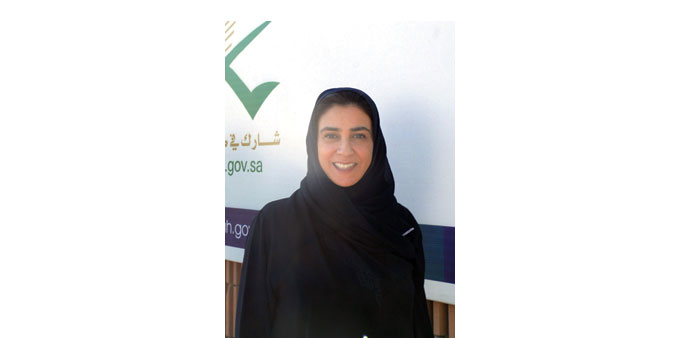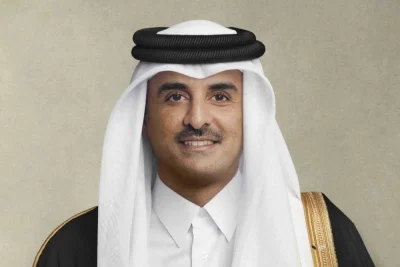Lama al-Suleiman: wins seat in Jeddah
More than 900 women were among the 6,440 candidates standing for seats on 284 councils
Agencies
Riyadh
At least 13 women won municipal council seats in Saudi Arabia’s first ever election open to female voters and candidates, officials said yesterday, far exceeding expectations.
“Even if it was only one woman, we’re really proud of that. Honestly, we weren’t expecting anyone to win,” said Sahar Hassan Nasief, a women’s rights activist in Jeddah.
But with 2,106 seats up for election, the 13 women will comprise less than 1% of Saudi Arabia’s elected council membership.
“We need more than nine,” said Aljazi al-Hossaini, who was defeated in Diriyah on the edge of Riyadh, where three women won seats, according to Saudi news channel Al Ekhbaria.
She hoped women would be also included among the one third of council seats which are appointed by the municipal affairs ministry.
Khadra al-Mubarak in the Gulf coast city of Qatif confirmed that she was among the victors.
“I will be in contact with society, especially women, to deliver their voices and demands to the council. I promise I will represent her by all means,” she said.
In the first announcement of a female winner, Salma bint Hizab al-Oteibi was elected in the holy city of Makkah, the official SPA news agency reported.
Another woman, Hanouf bint Mufrih bin Ayid al-Hazmi, won in the northwestern region of Jawf, SPA said, adding that neighbouring Tabuk elected two women.
In the east, Sanna Abdel Latif Hamam and Maasooma Abdel Mohsen al-Rida were elected in Ihsa province, SPA said.
Winners came from the south as well, with one woman elected in Jazan region, while two others including Lama al-Suleiman will join councils in Jeddah, the kingdom’s second city, local election officials cited by SPA said.
The duties of municipal councils are limited to local affairs including streets, public gardens and garbage collection.
More than 900 women were among the 6,440 candidates standing for seats on 284 councils.
Women voters said registration was hindered by factors including bureaucratic obstacles and a lack of transportation.
As a result, women accounted for less than 10% of registered voters.
According to election commission data, nearly 1.5mn people aged 18 and above signed up for the polls.
This included about 119,000 women, out of a total native Saudi population of almost 21mn.
Turnout for women was around 80% in parts of the country, well in excess of the figure for men, according to official data.
Female candidates expressed pride in standing, even if they didn’t think they would win, while women voters said they were happy at finally being able to do something they had only seen on television or in movies.
Nassima al-Sadah, an activist in Qatif, said the voting process was relatively smooth, unlike the registration.
Many female candidates used social media to campaign.
Under King Abdullah, who died in January and who announced in 2011 that women would be able to vote in this election, steps were taken for women to have a bigger public role, sending more of them to university and encouraging female employment.
Men have voted since 2005 in the local polls.



